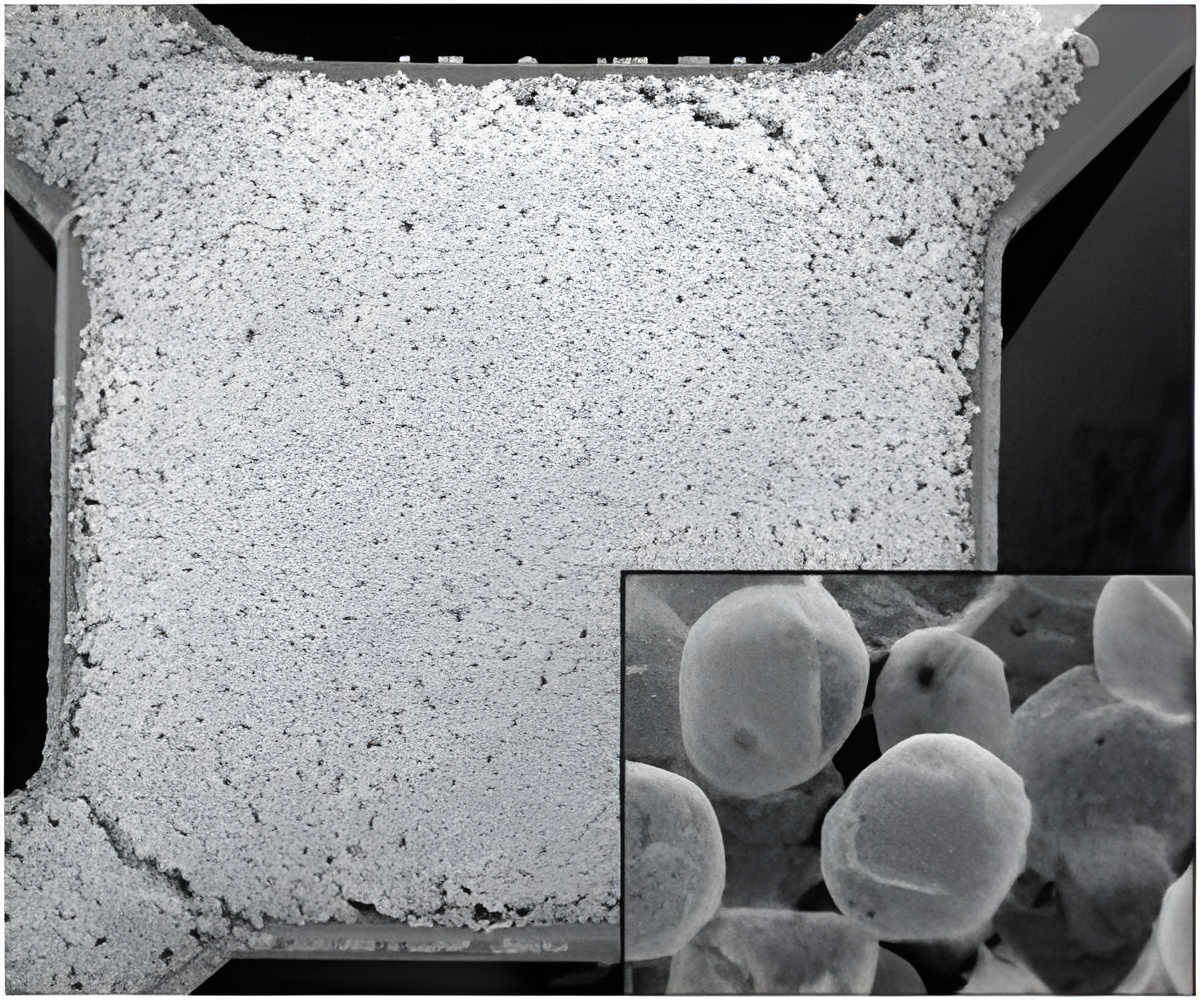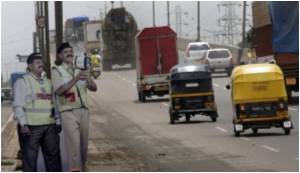
Biomarker detection can reveal the record of a patient's health profile, indicating the possible presence of cancer and other diseases.
"We are talking about creating an inexpensive, rapid way of collecting diagnostic information about a patient. It might say, 'there is a certain percentage that you are metabolizing a specific compound indicative of this type of cancer,' and then additional, more complex tests could be conducted to confirm the diagnosis," Martinez said.
The researchers used the technology to detect acetone, a biomarker for diabetes, with sensitivity in the parts per billion range in a gas mimicking a person's breath.
A droplet of the nanoparticle-coated polymer microparticles was deposited on each microhotplate, which are about 100 microns square and contain electrodes shaped like meshing fingers. The droplet dries and then the electrodes are heated up, burning off the polymer and leaving a porous metal-oxide film, creating a sensor.
"We showed that this can work in real time, using a simulated breath into the device."
Advertisement
"However, the fact that we were able to do this in real time is a big step in the right direction," he said.
Advertisement
Source-ANI








